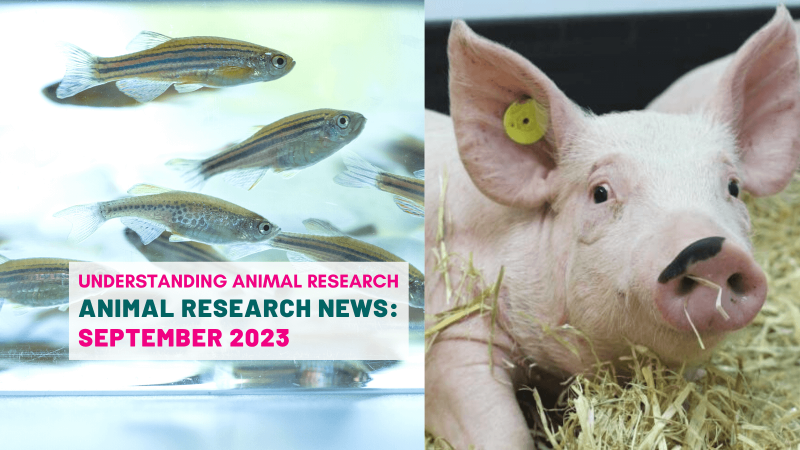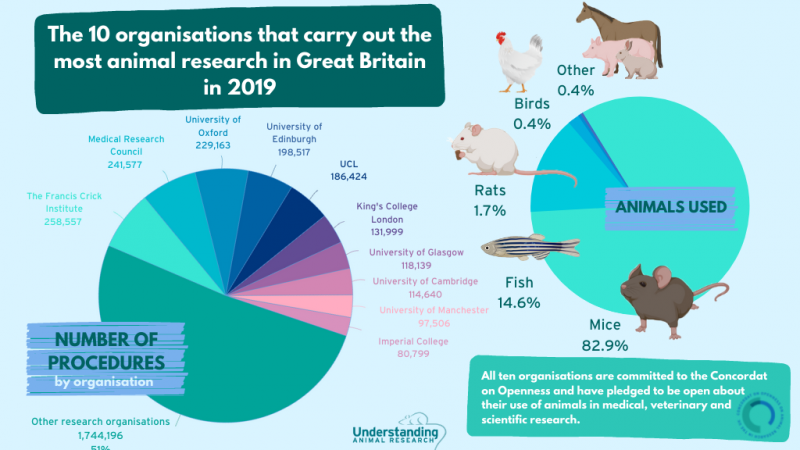
After undergoing a 16-minute surgery, 18-month-old Opal Sandy can hear again. She has become the first British person – and the youngest child in the world – to take part in a pioneering gene therapy trial that doctors say marks a new era in treating deafness.
Opal suffers from auditory neuropathy, a rare genetic condition that means she was born unable to hear. Disrupted by a fault in the gene called OTOF, nerve impulses were unable to travel from the inner ear to the brain. The OTOF gene produces a protein called otoferlin, needed to allow the inner hair cells in the ear to communicate with the hearing nerve. Approximately 20,000 people across the UK, Germany, France, Spain, Italy and UK and are deaf due to a mutation in the gene.
 Opal’s treatment, which was part of part of the CHORD trial, was based on a gene replacement therapy that was extensively validated in OTOF-deficient mice and tested for clinical safety and efficacy in mice and non-human primates (monkeys) in order to determine the optimal injection dose, volume, and administration route for clinical trials. She was given a cochlear implant in one ear and in the other an infusion containing a harmless adeno-associated virus (AAV1) via an injection in the cochlea during a short surgery under general anaesthesia. AAV vectors are protein shells that can deliver genetic material to specific cells and release it before being naturally eliminated from the body. In this case, the new gene therapy DB-OTO from biotech firm Regeneron was looking to deliver a working copy of the OTOF gene to the ear.
Opal’s treatment, which was part of part of the CHORD trial, was based on a gene replacement therapy that was extensively validated in OTOF-deficient mice and tested for clinical safety and efficacy in mice and non-human primates (monkeys) in order to determine the optimal injection dose, volume, and administration route for clinical trials. She was given a cochlear implant in one ear and in the other an infusion containing a harmless adeno-associated virus (AAV1) via an injection in the cochlea during a short surgery under general anaesthesia. AAV vectors are protein shells that can deliver genetic material to specific cells and release it before being naturally eliminated from the body. In this case, the new gene therapy DB-OTO from biotech firm Regeneron was looking to deliver a working copy of the OTOF gene to the ear.
Within four weeks of having the gene therapy infusion to her right ear, Opal responded to sound, even with the cochlear implant in her left ear switched off. At 24 weeks, Opal had close to normal hearing levels for soft sounds, such as whispering, in her treated ear. The chief investigator of the CHORD trial, which aims to show whether gene therapy can provide hearing for children born with auditory neuropathy, Professor Manohar Bance from the Department of Clinical Neurosciences at the University of Cambridge and ear surgeon at Cambridge University Hospitals NHS Foundation Trust is ecstatic : “These results are spectacular and better than I expected. Gene therapy has been the future of otology and audiology for many years and I’m so excited that it is now finally here. This is hopefully the start of a new era for gene therapies for the inner ear and many types of hearing loss.”
Gene therapy is currently considered the most promising strategy to cure genetic diseases such as inherited hearing loss. More than 40 studies have reported successful hearing restoration via gene therapy in animal models, with each focused on a deafness-causing mutation among 20 genes.
So far, the adeno-associated virus (AAV)-mediated OTOF gene replacement therapy treatment has restored hearing to ten of the 11 children enrolled in the CHORD trial. In total, 18 children from the UK, Spain and the US are being recruited to the trial and will all be followed up for five years.
Source : BBC Research
Last edited: 31 July 2025 11:39



